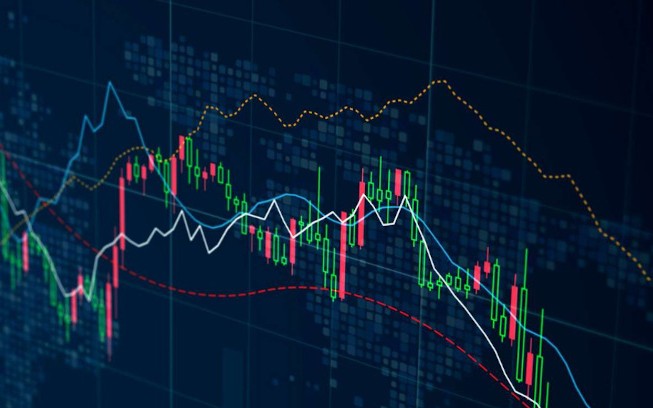
Forex Trading for Dummies: A Simple Beginner’s Guide
Are you curious about forex trading but don’t know where to begin? You’re not alone. Many beginners feel overwhelmed by the complexities of the foreign exchange market. In this guide, we will break down the essentials of forex trading into manageable concepts that even dummies can understand. Whether you are looking to supplement your income or are merely interested in the trading world, this article is an ideal starting point. We’ll examine critical concepts and best practices to help you navigate the forex market efficiently. Don’t forget to check out forex trading for dummies Best Uzbek Brokers for trusted services in this field.
What is Forex Trading?
Forex trading, also known as foreign exchange trading or FX trading, involves buying and selling currencies in the global marketplace. The forex market is the largest and most liquid financial market in the world, with a daily trading volume surpassing $6 trillion. Traders speculate on currency movements with the hope of making a profit.
Every currency pair has two components: the base currency and the quote currency. For example, in the currency pair EUR/USD, the euro (EUR) is the base currency, and the U.S. dollar (USD) is the quote currency. If you believe the euro will strengthen against the dollar, you would buy the EUR/USD pair.
Key Terms to Know
Before you start trading, it’s crucial to familiarize yourself with some key terms:
- Pip: Short for “percentage in point,” a pip is the smallest price move that a given exchange rate can make based on market convention. For most currency pairs, it corresponds to the fourth decimal place.
- Leverage: Leverage allows traders to control large positions with a relatively small amount of capital. For example, with a 100:1 leverage, you can control a $10,000 position with just $100.
- Spread: The spread is the difference between the bid price (the price a buyer is willing to pay) and the ask price (the price a seller is willing to accept).
- Margin: Margin refers to the amount of equity a trader needs to maintain their position. It’s a good practice to know your margin requirement before entering a trade.
How to Start Forex Trading

Now that you have a grasp on the basics, let’s discuss how to get started in forex trading. Follow these steps:
1. Choose a Reliable Forex Broker
Selecting the right forex broker is crucial. Look for a broker that is regulated, provides a user-friendly trading platform, and offers competitive spreads. As mentioned earlier, you can find reputable brokers, such as the Best Uzbek Brokers, catering specifically to your needs.
2. Open a Trading Account
Once you’ve selected a broker, you will need to open a trading account. Most brokers offer various account types, including demo accounts, which allow you to practice trading without risking real money. A demo account is an excellent way to get accustomed to the trading environment.
3. Learn to Analyze the Market
Forex trading requires a solid understanding of market analysis. There are two main approaches to analyze the forex market:
- Technical Analysis: This method involves studying historical price charts and indicators to forecast future price movements. Common tools include moving averages, trend lines, and various oscillators.
- Fundamental Analysis: This approach focuses on economic indicators, geopolitical events, and financial news that can influence currency value. Key reports to watch include GDP, employment data, and interest rate changes.

4. Develop a Trading Strategy
A trading strategy outlines how you plan to trade, including entry and exit points, risk management, and trade size. A well-defined strategy helps eliminate emotions during trading decisions and allows you to concentrate on your objectives.
5. Risk Management
Managing risk is critical in forex trading. Always specify how much of your capital you are willing to risk on each trade. It is typically recommended not to risk more than 1-2% of your trading capital on a single trade. Implementing stop-loss orders is an effective way to limit losses.
Common Mistakes to Avoid
Even seasoned traders make mistakes, but avoiding common pitfalls can significantly improve your trading experience:
- Overleveraging: Using excessive leverage can lead to significant losses. Always use leverage responsibly.
- Lack of a Trading Plan: Trading without a plan can result in emotional trading. Always have a plan in place.
- Chasing Losses: Trying to recover losses by making rash decisions can lead to further losses. Stay disciplined and stick to your strategy.
Conclusion
Forex trading can seem daunting initially, but with the right knowledge and disciplined approach, it can be an exciting venture. Start by understanding key concepts, choosing a reliable broker, practicing on a demo account, and developing a sound strategy. Remember to manage your risks and avoid common mistakes. As you gain experience and confidence, you can refine your approach to trade successfully. Happy trading!



